What Is The Missing Link For Evolution Of Technical Education?

How reflection can be embedded into the #TLevel course
In the first of the two articles in this series we looked at an overview of the upcoming T Level offering and then in the second we ran through the background and importance of reflective learning, a key skill young people need to develop whether they embark on the university or work route.
In this, the third in the trilogy, we are going to combine the two to look at how reflection can be embedded into the T level course; what is expected of T level students in terms of the content of their journals and how Kloodle’s digital platform presents the most user-friendly, efficient and fun option.
T Levels Are in Town
So, as you read this, 50 colleges up and down the country are gearing up to prepare candidates for 3 T levels from September.
And to provide ‘oven-ready’ candidates for next year, a host of educational institutions are launching transition courses to extend the T conveyor belt downstream.
The work experience as part of the qualifications gives the students real-life applications of communication, numeracy, literacy and employability skills.
Over the past year we have been contacted by numerous providers who are interested to use the Kloodle digital platform to cement their T level offering and this has inspired me to write this article to highlight how the platform can be used to support learner, provider and employer communities.
The Digital Logbook
In the second in this trilogy of articles, we talked about how reflective practitioners promoted a written log or diary as an essential mechanism of developing reflective skills.
Back in the day when I was a lad, it was commonplace for young people, inspired no doubt by the exploits of Adrian Mole (he was 13 ¾ back then), to keep a diary.
It enabled us to delve “into his mind” and understand what made him tick.
Youngsters of today, the so-called Gen Z, are more used to posting Insta-stories or videos on TikTok instead of the traditional way of putting pen to paper to record events. That’s not a problem, as the digital process can embrace all of these approaches.
From The Pyramids To Star Trek, It’s Not A New Idea

The concept of the logbook has been around a long time; the earliest known example was written in hieroglyphic letters on papyrus, detailing the construction of the Great Pyramid of Giza, 4,500 years ago!!
Its author detailed a timetable of the work relating to transporting limestone from nearby quarries by boat to the site. Logbooks then rose to prominence on the high seas as a tool for recording the daily jaunts of the ship’s captain and crew, including distance travelled, places visited, weather and so on.
It was the ‘black box’ to help them trace the causes of problems. It’s so useful and important on journeys that it will even be used into the future; as you see in Star Trek when Captain Kirk logs the events on the Starship Enterprise.
The T Level Journey
The Logbook, or journal, is an essential aspect of the T level qualification journey and the content of the log will be assessed in the exam. Students provide evidence of their reflections and ideas in the Logbook which acts as an interface for the teacher and mentor to assess progress.
However, on the digital platform, the format of the diary is not in a Samuel Pepys long form style (although that could be interesting!) but can be a colourful kaleidoscope of media such as blogs, videos and photos.
The proposal to use a logbook as part of the T level assessment is a great idea, however, the quality of the proforma T level Logbook suggested by the DfE leaves a lot to be desired; it’s a 1980’s style fill-in-the-blanks, tick-the-box style booklet, prescriptive, pretty uninspirational and certainly not in keeping with the digital age and reflective practice.
What’s in The Logbook?
In terms of content, the Logbook should set out the goals and expectations beforehand, then ongoing developments during the placement.
This is summarised in the diagram below and as you can see, reflecting regularly is a key aspect of the journey:
In the DfE proforma, there is a skills’ section of the Logbook, where students are asked to self-assess some skills on a five-point scale.
It appears that only a few skill areas are selected, namely around communication, preparation and social skills, but there isn’t a clear framework which is applied. I expect, if left alone, most students will struggle with this.
The Logbook should also include basic standing data about the placement, regarding the student, the employer, the place of work and the role; as shown in this diagram.
The log should be in digital form. There are many benefits of using a digital platform for the diary.
Can you think of many?
To name a few:
- the student can upload evidence and information as it happens through their phone or computer;
- various media can be used to support the post;
- the log is portable and won’t get lost;
- the size of information is unrestricted;
- interaction with mentors and tutors can take place remotely;
- the evidence uploaded is in the student’s world;
- the learner hones digital skills; I could go on…..
Building A Personal Professional Brand
Learners maintain a diary by uploading information to their personal profile on Kloodle. This profile is their personal professional brand in digital form. It’s what you and your skills might look like to a potential employer. Effectively it’s a digital CV.
The software allows the student to support their skills and achievements by uploading evidence to their profile and the T level placement is a perfect scheme for this.
There are two specific aspects of the profile which are linked to T levels, namely:
- the Logbook, and
- the Skills’ Wheel
One feeds into the other.
Over the 2 years of the course these features of the profile scaffold students’ development and help to build confidence in the workplace. Also, both the Logbook and Skills’ Wheel are useful for Transition Year students to get used to; this can build maturity and confidence which are often the reasons for not commencing the full T level.
Tagging Skills Through The Digital Journal
On Kloodle, the student maintains their journal of what they have been accomplishing in the work environment linking back to the theory taught in the classroom.
As part of this they upload evidence of the skills developed supported by different media; this could be a blog about, say, problems with communication with children, a video about a construction site ready for development or a picture of a block of code you’ve written. This process captures reflections and also develops self-awareness.
The students are prompted to tag skills they feel are associated with this task. As they progress through the project and work placement these skills then feed through to the Skills’ Wheel which I’ll explain shortly.
The work experience can be logged daily on their profile to leave a rich trail of evidence of the projects completed, which supervisors can easily review to give feedback. Most of this is very intuitive and can even be done through the app on the phone. The screenshots here show how this is done.
In order to help students to develop the habit of keeping a regular journal, they are prompted to answer a series of questions which have been inspired by the Gibbs’ Reflective Cycle, something we talked about in the second article. It’s to get the students into the habit of reflecting on what they have done on each day of their placement. Without realising it, they’ll be learning about learning!
Successful completion of the entries can be checked and reviewed by supervisors and mentors, either face-to-face or remotely; the latter being very important in the times we live in.
The diary can also act an audit trail, so that students can run back over their thought processes and see how they have arrived where they are. It is also a great way of assessing growth mindset and distance travelled!
A picture paints a thousand words – Reinventing The Wheel
The Skills’ Wheel has a number of spokes, pointing out from the centre in all directions of the compass, each one of which represents a specific skill. In the picture here, the skill at due North is Teamwork, a very highly valued trait.
As each student adds content to their profile, they are prompted to ‘tag’ in the skills which the evidence supports; the Wheel is then updated for the personalised skills and is a pictorial representation of the strengths and areas for improvement of that individual student.
It becomes the focus for conversations with tutors and mentors about where to concentrate attention. This one here is empty. I know what I’d want to do, fill it up!
Skills’ Frameworks
The number and range of skills can be tailored for an organisation; typically, colleges will set 10 skills to focus on. However, we have a number of model frameworks which can be applied depending on the objectives and this is something that we help schools and colleges to develop.
Companies which build talent pipelines of students on Kloodle signpost the skills they value the most by utilising an awards’ system; this presents virtual skills badges for students who upload sufficient and appropriate evidence of demonstrating the skill.
Different careers require different combinations of skills and over time the employers build up a picture of what they are looking for in good-fit candidates and this can be used as a template for aspirant applicants. At the same time, it nudges the students to reflect on and develop their employability for a specific role.
I think would work really well with T level placements.
Activity. Tag. Grow. Repeat.
In this example below, the student has started to build up their skills’ profile during the first few weeks of the placement.
|
|
|
On the left you can see that the Wheel starts to take shape; they have shown strength in teamwork, leadership, creativity and entrepreneurship and some development in digital research and communication.
However, you can see at a glance that little support for commercial awareness has been demonstrated.
The assessor could be able to appraise the current status and then set some targets for the development of the Wheel for the next meeting. The kids like it because it feels more like a game than the serious topic of preparing for a life of work!
As the placement continues, skills are tagged, the Wheel grows and forms different shapes. What’s interesting is that you tend to find a polarised reaction; the students either want to keep pushing what they’re good at, the so-called ‘star’ shape, OR aim for the perfect circle of the ‘good all-rounder’. As the confidence and skills develop the student can build whatever shape they want to achieve that fits in with their goals. This is the virtuous feedback loop. Activity, tag, grow, repeat.
Evidencing and reflecting on these experiences through Kloodle provides the school or college with data on the distance travelled for the learner.
That’s how it works. Now what’s it all about in a nutshell, please.
Reflections on The Skills’ Wheel
The Skills’ Wheel is a valuable reflection tool to support self-evaluation. There is no right answer, it’s just a channel to help the student to critically reflect on what they have achieved and where they can improve.
In the initial stages, tutors and mentors will set expectations with the student which becomes something to aim towards. As the learner builds their own self-awareness, they can spot the gaps in the pattern and prioritise next steps to get to where they want to. That in itself is a great skill to learn!
Concluding Remarks

So, those new shiny T levels waiting for ignition on the launchpad offer a great opportunity to level up; level up skills, level up prospects, level up economies. The focus is on taking off and leaving behind the ‘just regurgitate’ culture in education and concentrating on linking the theory in the classroom with the practice on the placement.
Historically, this has been a ‘missing link’ in technical education and the way to fix it successfully is by implementing reflective learning through the medium of the logbook. We suggest you use the intuitive Kloodle digital platform as it is efficient and students can build their profile, skills and confidence on the journey to becoming a highly skilled employee.
Good luck.
Neil Wolstenholme, Chairman, Kloodle




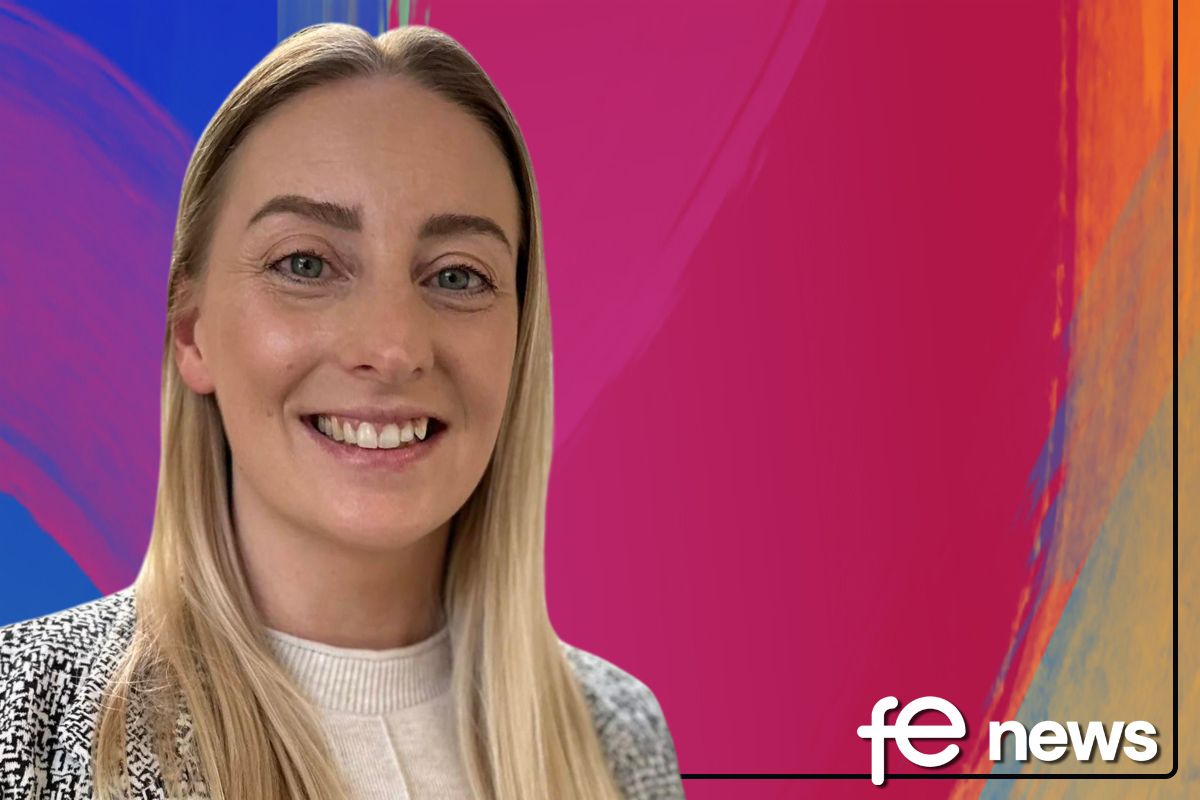
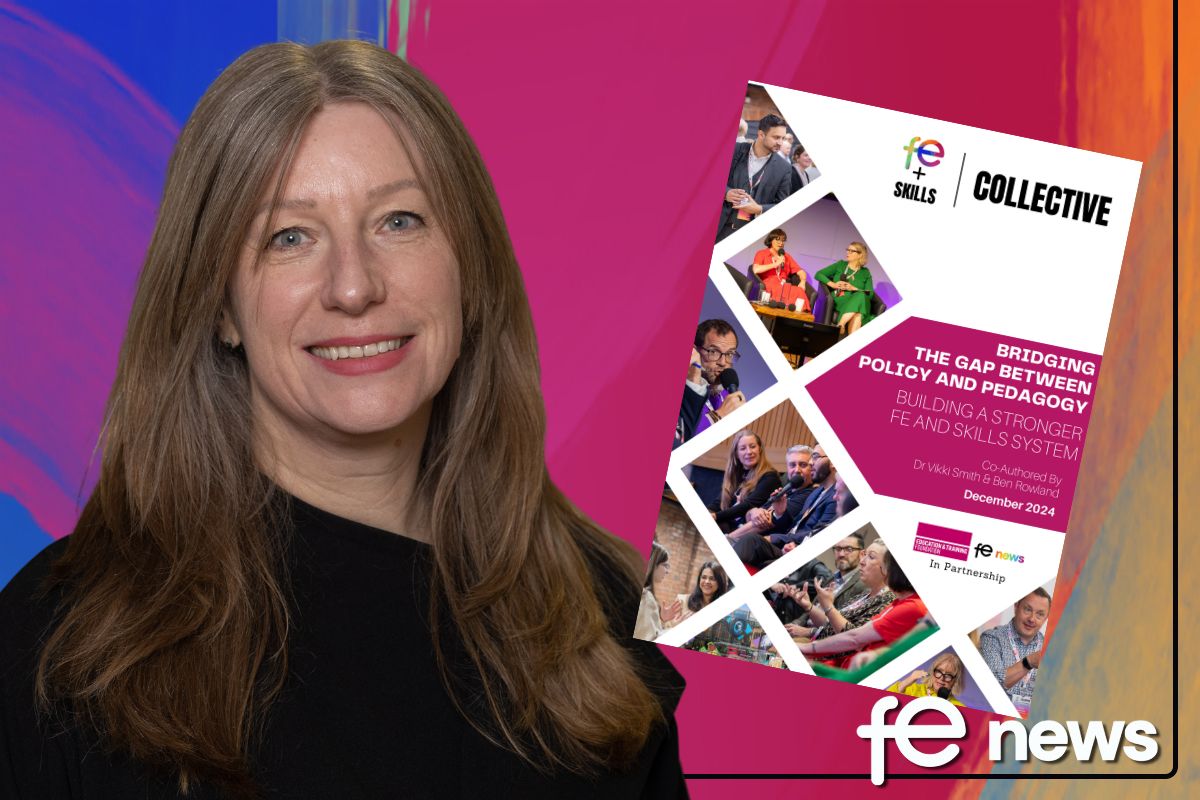



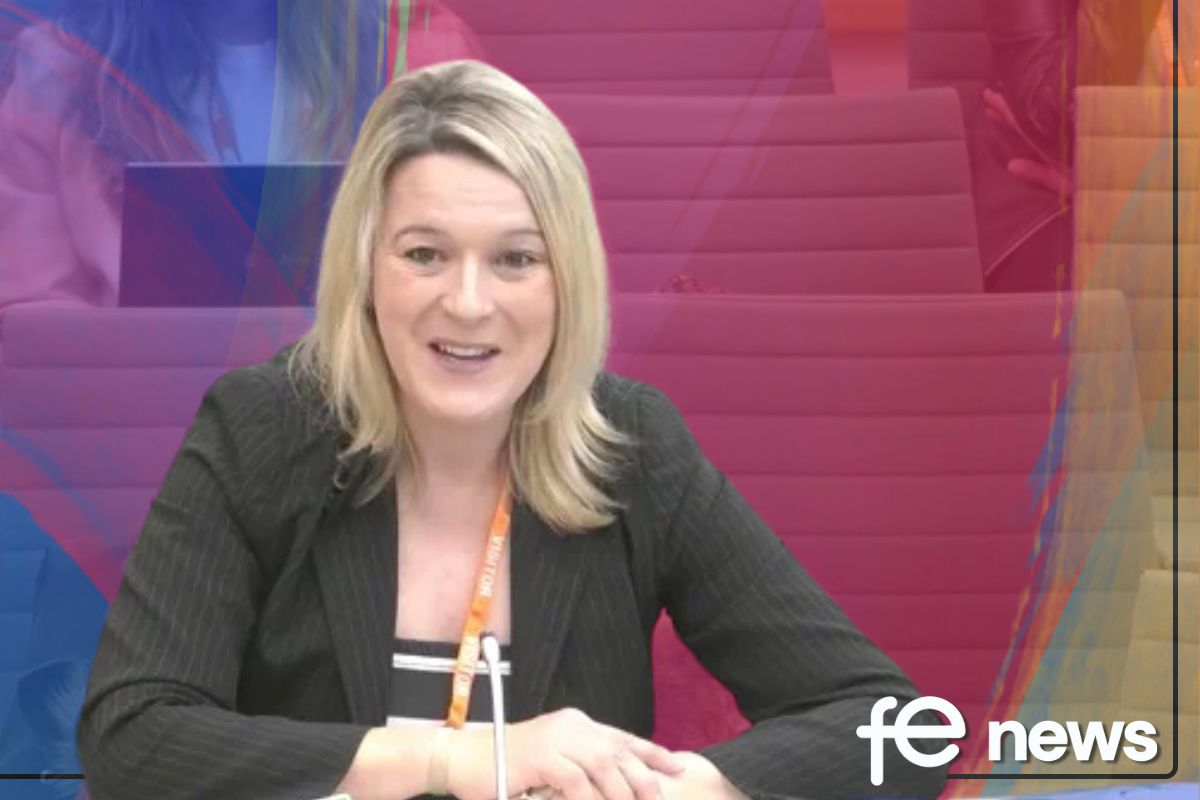
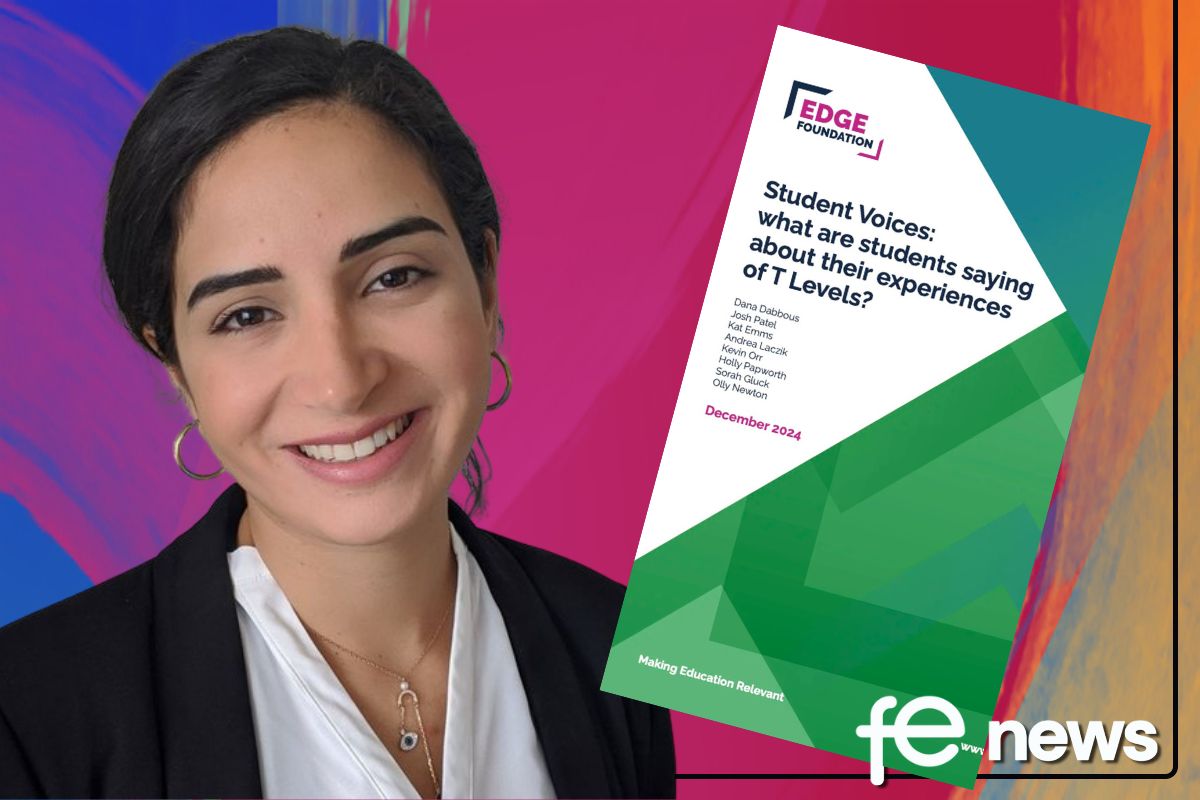
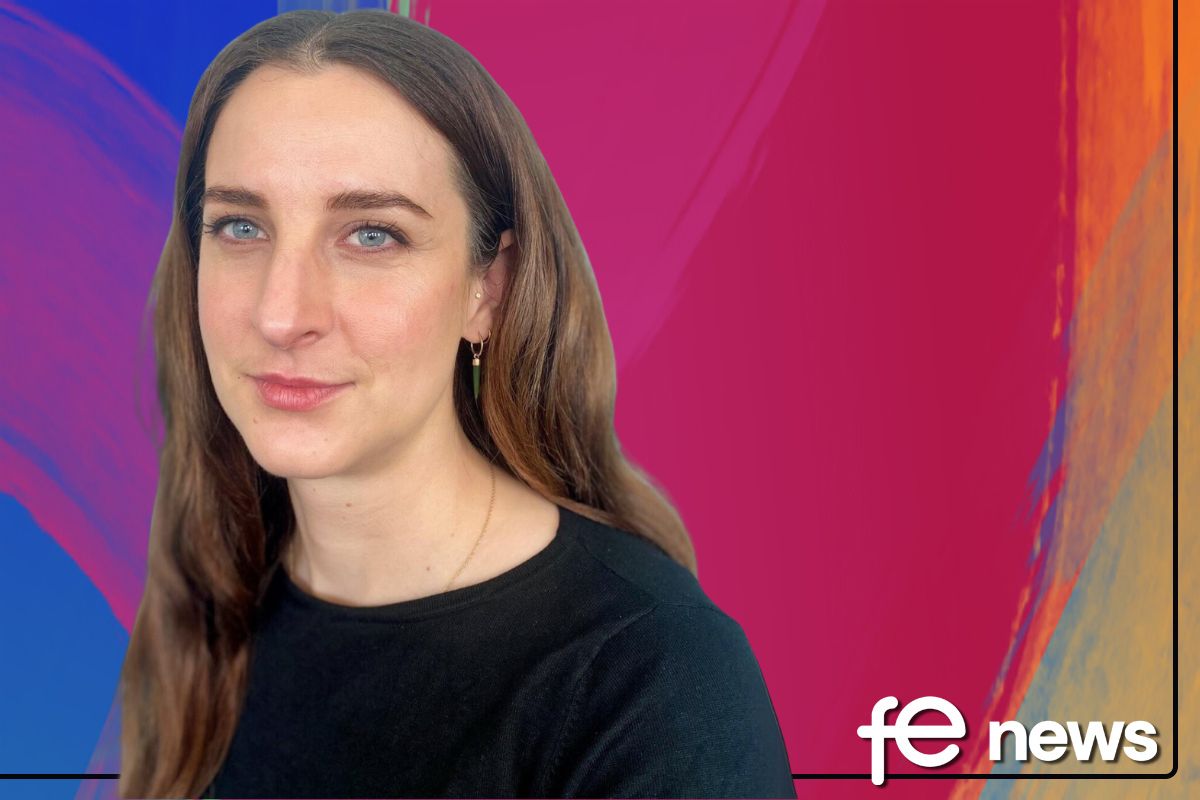
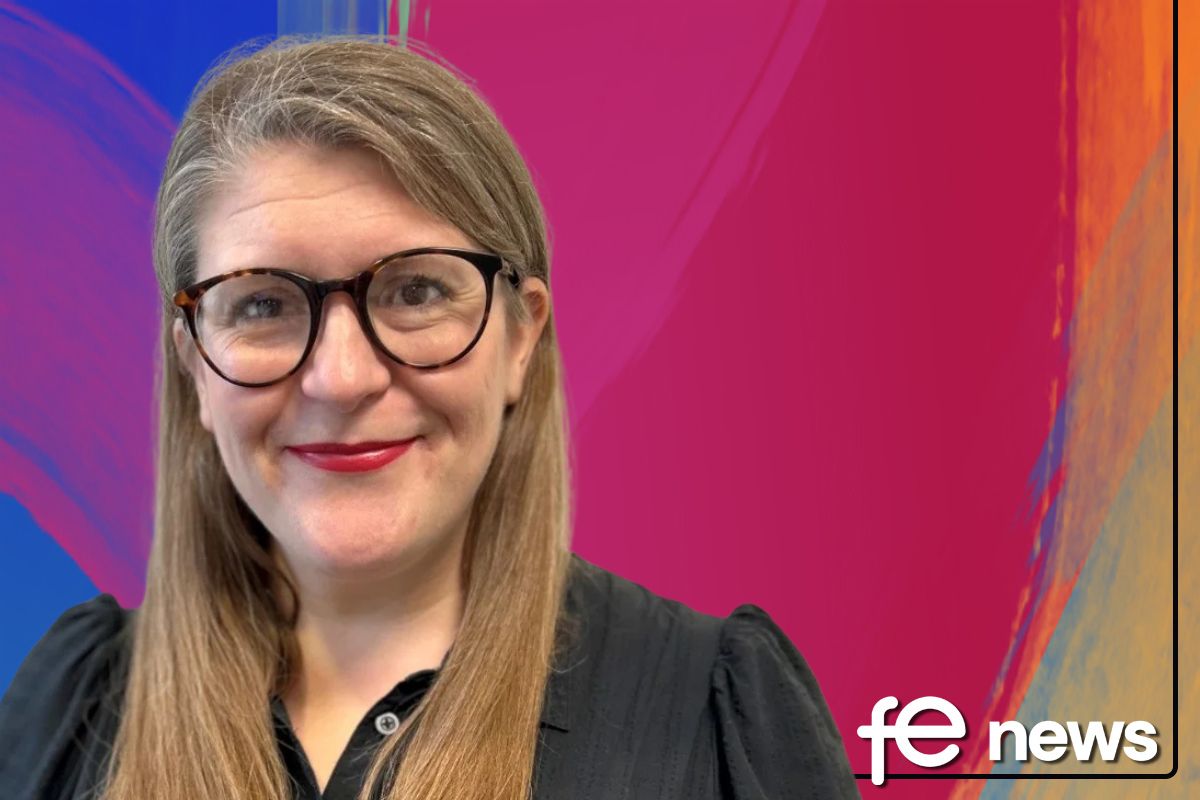
Responses